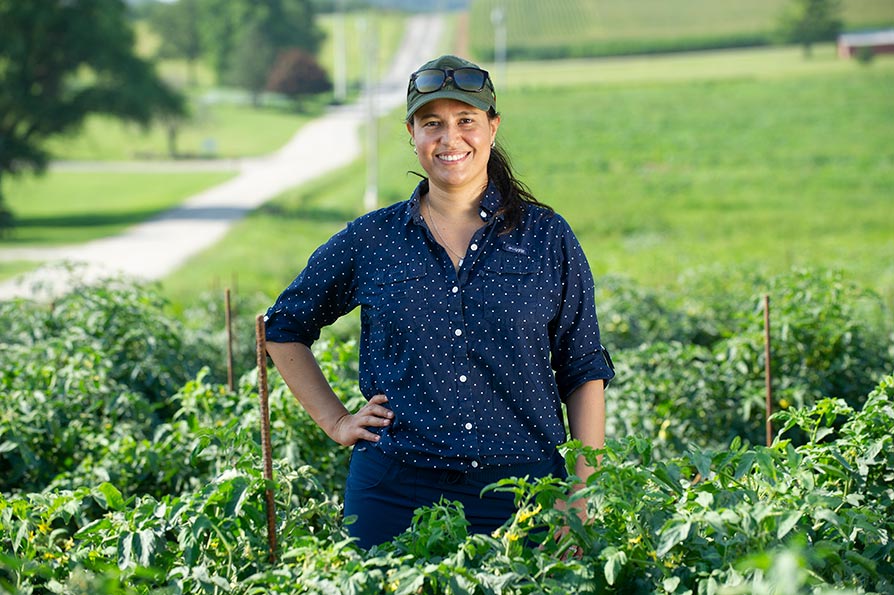How Technology Lessens Labor Challenges in the Greenhouse

Labor is one of the biggest issues facing the horticulture industry today. Every market has labor challenges, but for the greenhouse industry, recruiting and retaining employees has long been challenge.
Many roles include repetitive tasks, such as filling pots with soil, moving trays, or sticking cuttings, and these positions can be hard to fill. During the busy season, greenhouse operations need many more employees than the rest of the year, so finding enough seasonal labor is also a challenge.
Many growers have turned to technology and automation to address these issues. Technology comes in many forms, from labor-tracking apps to climate control software to equipment like transplanters and irrigation booms. Growers are selecting what works best for them to fill their labor needs.
Everyone is looking for labor savings, says Dave Taylor, Enterprise Solutions Manager for AdeptAg, an amalgamation of AgriNomix Automation Solutions, Zwart Irrigation Solutions, Bellpark Automation Solutions, and Plantech Control Solutions. Many of AdeptAg’s clients are in Canada, where the minimum wage is going up. There are also rising prices in energy and gas, so growers are looking to cut costs wherever they can. By automating repetitive tasks and tracking labor efficiency from their employees, operations have seen improvements in their bottom line. Such equipment is costly — and always has been — but now the cost of labor is becoming comparable to the cost of automation, Taylor says.
Andrew Van Geest, Productivity Specialist for AdeptAg in the Zwart Systems division, says labor and energy have always been the highest costs in a greenhouse. Other input costs, such as the containers, growing media, and tags, are sold as part of the finished product. The cost of labor, however, is ongoing once the plants have been sold.
Labor is largely an availability problem, Van Geest says. An operation may only need several employees to work full time but needs an extra 15 people for a couple of months in the spring. Many domestic workers are not looking for seasonal work. More growers have turned to the H-2A program for guest workers to perform seasonal tasks. The H-2A program brings many good workers, but it comes at a price. In addition to their hourly wage, an operation must cover housing, meals, and transportation for guest workers.
In addition to the challenge of finding enough workers, Van Geest says the work is difficult to perform, so finding little adjustments here and there to make tasks easier can be just as valuable as investing in high-tech solutions. For example, some growers have switched from irrigating with a 3/4-inch hose to a 5/8-inch hose because it is lighter to pull.
“Labor savings doesn’t have to mean less people. It can mean less wear and tear on your body,” Van Geest says.
For more, read the full article as part of our special Global Insight Series report on Labor and Technology.
In addition, check out the previous reports in Meister’s Global Insight Series covering a range of topics from Soil Health to Irrigation Innovations to Agricultural Technology.









